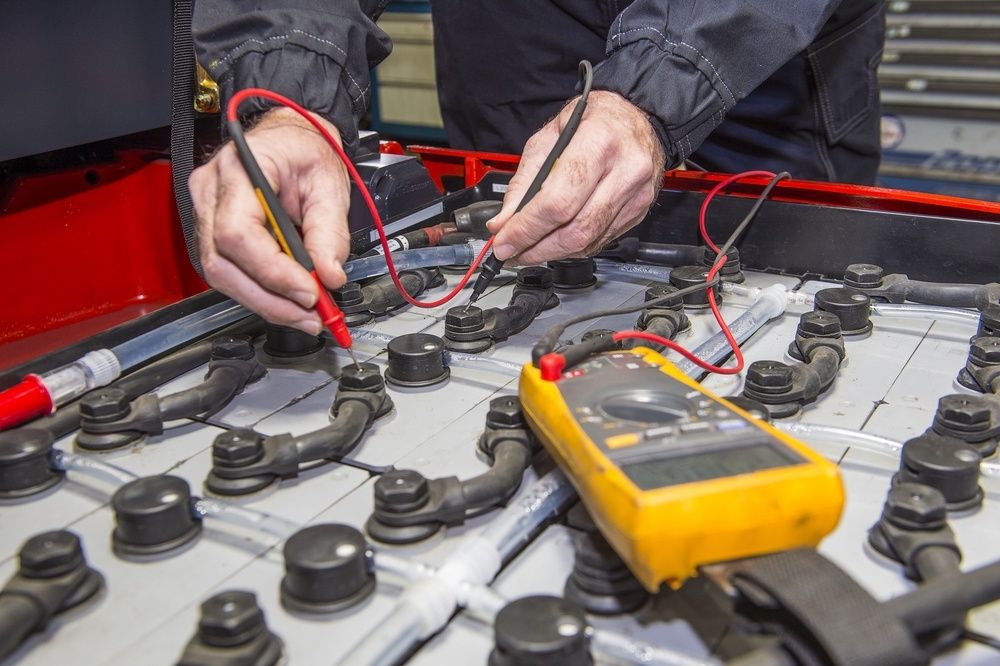Lead-acid batteries are relatively easy to maintain compared to some other types of batteries, but they do require periodic attention to ensure optimal performance and longevity. Here are some factors to consider regarding the maintenance of lead-acid batteries.
- Checking Electrolyte Levels: For flooded lead-acid batteries (also known as wet cell batteries), it’s important to regularly check the electrolyte levels and top them up with distilled water as needed. Maintaining the proper electrolyte level helps ensure efficient battery operation.
- Cleaning Terminals and Connections: Over time, corrosion can build up on the battery terminals and connections, which can hinder electrical conductivity and reduce battery performance. Cleaning the terminals and connections periodically with a wire brush and a solution of baking soda and water can help prevent corrosion.
- Monitoring Voltage and Specific Gravity: Monitoring the voltage and specific gravity of the electrolyte can provide insight into the state of charge and health of the battery. Using a multimeter to measure voltage and a hydrometer to measure specific gravity can help assess battery condition.
- Equalizing Charge: Periodically performing an equalizing charge can help balance the cells within a lead-acid battery and prevent stratification, where the electrolyte becomes concentrated at the bottom of the battery. This process involves charging the battery at a slightly higher voltage for a specified period.
- Preventing Overcharging and Deep Discharging: Lead-acid batteries should be protected from overcharging and deep discharging, as these conditions can shorten battery life. Using a properly sized charging system with voltage regulation and avoiding excessive discharge can help prolong battery life.
- Maintaining Proper Ventilation: Lead-acid batteries emit hydrogen gas during charging, which can be explosive in high concentrations. Ensuring adequate ventilation in the battery storage area is essential for safety.
- Replacing Aging Batteries: Lead-acid batteries have a limited lifespan and will eventually need to be replaced when they no longer hold a charge or exhibit other signs of deterioration.
While lead-acid batteries do require some maintenance, the tasks involved are relatively straightforward and can be performed with basic tools and equipment. Following a regular maintenance schedule and taking proper precautions can help maximize the lifespan and performance of lead-acid batteries.


